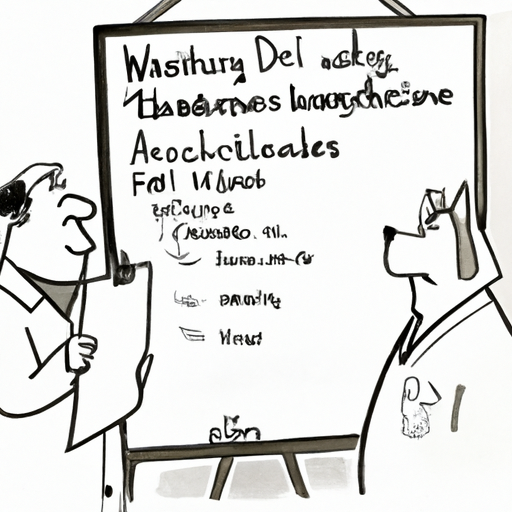Understanding What Alkaline Phosphatase Levels Mean
As a caregiver, you’re always attentive to the needs of your loved ones, and that includes your four-legged family members. Alkaline phosphatase (ALP) is an enzyme found in various tissues throughout the body, including the liver, bones, and intestines. High levels of ALP in dogs can indicate a range of health issues, from bone disease to liver problems. You’re not alone in this situation, so don’t worry, you got this.
Different Ways To Lower Alkaline Phosphatase Levels
You’re probably wondering how you can lower your dog’s ALP levels. Here are five methods:
- Dietary Changes: This is the first step towards lowering ALP levels. A diet high in protein, low in fats and carbohydrates can be beneficial. Lean meats, vegetables, and whole grains can contribute to a balanced diet.
- Regular Exercise: Keeping your dog active helps to improve overall health and boost the immune system. Regular walks, playtime, and agility training can be beneficial.
- Medication: In some cases, your vet may prescribe medication to help lower ALP levels. Always discuss potential side effects and make sure you understand the dosage instructions.
- Supplements: Certain supplements can help support liver health and reduce ALP levels. Milk thistle, for example, is known for its liver-protective properties.
- Regular Vet Check-ups: Regular vet check-ups are essential for monitoring your dog’s health. The vet can track changes in ALP levels and adjust treatment plans as necessary.
Remember, every dog is unique. What works for one may not work for another. It’s all about finding the right balance for your furry friend.
| Methods to Lower ALP | Benefits |
|---|---|
| Dietary Changes | Balanced nutrients, improved health |
| Regular Exercise | Enhanced immune system, active lifestyle |
| Medication | Direct impact on ALP levels |
| Supplements | Supports liver health |
| Regular Vet Check-ups | Monitor health, timely treatment adjustments |
The Role Of Regular Vet Visits
You’re doing a great job taking care of your dog. However, regular vet visits are crucial in managing your dog’s ALP levels. The vet can conduct necessary tests, provide medication, and guide you through dietary or lifestyle changes. It’s a team effort, and your vet is a crucial player on your side.
Being A Proactive Caregiver
As a caregiver, you’re your dog’s best advocate. You know them better than anyone else. Stay observant for any changes in behavior or physical appearance. If you notice anything unusual, don’t hesitate to consult with your vet.
FAQ Section
-
What are the symptoms of high ALP levels in dogs?
Symptoms can vary but may include loss of appetite, lethargy, vomiting, and changes in weight or behavior. -
Can a dog live with high ALP levels?
Yes, but it’s essential to manage the levels with the help of a vet to ensure a good quality of life. -
How often should my dog see the vet?
At least once a year for a general check-up, but more often if there are health concerns like high ALP levels. -
Can diet and exercise alone lower ALP levels?
They can contribute to overall health, but your vet may recommend additional treatments or interventions.



